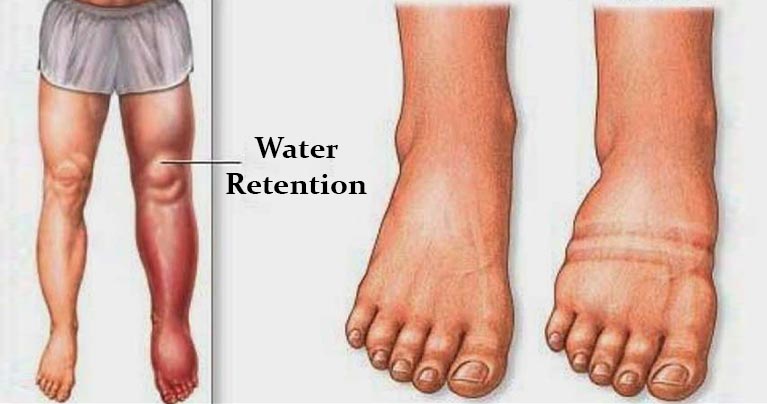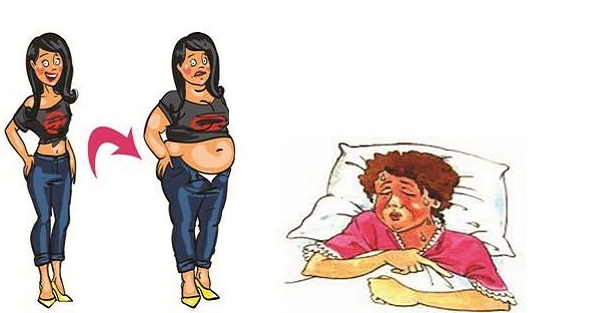Fortunately, it reportedly turned out to be a complex migraine – because if it had been a stroke, “she did exactly the wrong thing by waiting and then going home. She should have gone straight to a hospital. Time saved is brain saved,” says Larry B. Goldstein, MD, spokesperson for the American Stroke Association, and director, Duke Stroke Center, Durham, NC. He adds that even though the paramedics “cleared her,” she still should have gone to the hospital immediately. (To be fair, the paramedics may have recommended that but they can’t force someone.)
![]() Stroke is the No. 4 cause of death and a leading cause of disability in the United States, according to the American Stroke Association (ASA). There are two kinds of strokes: ischemic, which accounts for 87% and happens when a blood clot stops up a brain blood vessel or artery to the brain; and hemorrhagic, which is caused when a brain blood vessel breaks and results in bleeding inside or over the brain.
Stroke is the No. 4 cause of death and a leading cause of disability in the United States, according to the American Stroke Association (ASA). There are two kinds of strokes: ischemic, which accounts for 87% and happens when a blood clot stops up a brain blood vessel or artery to the brain; and hemorrhagic, which is caused when a brain blood vessel breaks and results in bleeding inside or over the brain.
Major symptoms : Sudden numbness or weakness of the face, arm, or leg, especially on one side of the body – Sudden confusion, or trouble speaking or understanding – Sudden trouble seeing in one or both eyes – Sudden trouble walking, dizziness, loss of balance, or coordination – Sudden, severe headache with no known cause –
Less frequent symptoms (but occur often in women): Sudden onset of nausea, and vomiting – Brief loss of consciousness or fainting, confusion or convulsions – Sudden hiccups – Sudden face and limb pain – Sudden shortness of breath and chest pain!.
3 Easy Tests to Assess Symptoms:
- Ask the person to smile. Does one side of the face droop?
- Ask the person to raise his arms. Does one arm drift downward?
- Ask the person to say a simple sentence. Watch for garbled words and slurred speech.
If you think you or someone with you is having a stroke, here’s what to do:
- Call 9-1-1 right away. Do not “wait and see” if the symptoms subside. The sooner the patient gets medical attention, the better the outcome. “If you have a choice, wait for the paramedics rather than driving the patient yourself. Patients who are transported by EMS are evaluated much quicker than people who are driven in,” says Dr. Goldstein. (And, of course, do not drive if you are the one with the possible stroke!)
- Call even if symptoms disappear. In a transient ischemic attack (TIA), symptoms usually only last a few minutes but it is a warning that a major stroke may be coming. “The best way to treat a stroke is to never have it to begin with. This is an opportunity to try to prevent one,” says Dr. Goldstein.
- Note the time when symptoms appeared and let the paramedics know. There are time frames after which certain drugs can’t be used.
- Do not give the patient aspirin. “A stroke is a brain event, not a heart attack,” explains Dr. Goldstein. “You can’t tell what kind of stroke the person is having. If it’s hemorrhagic, aspirin will make the brain bleed worse.”



